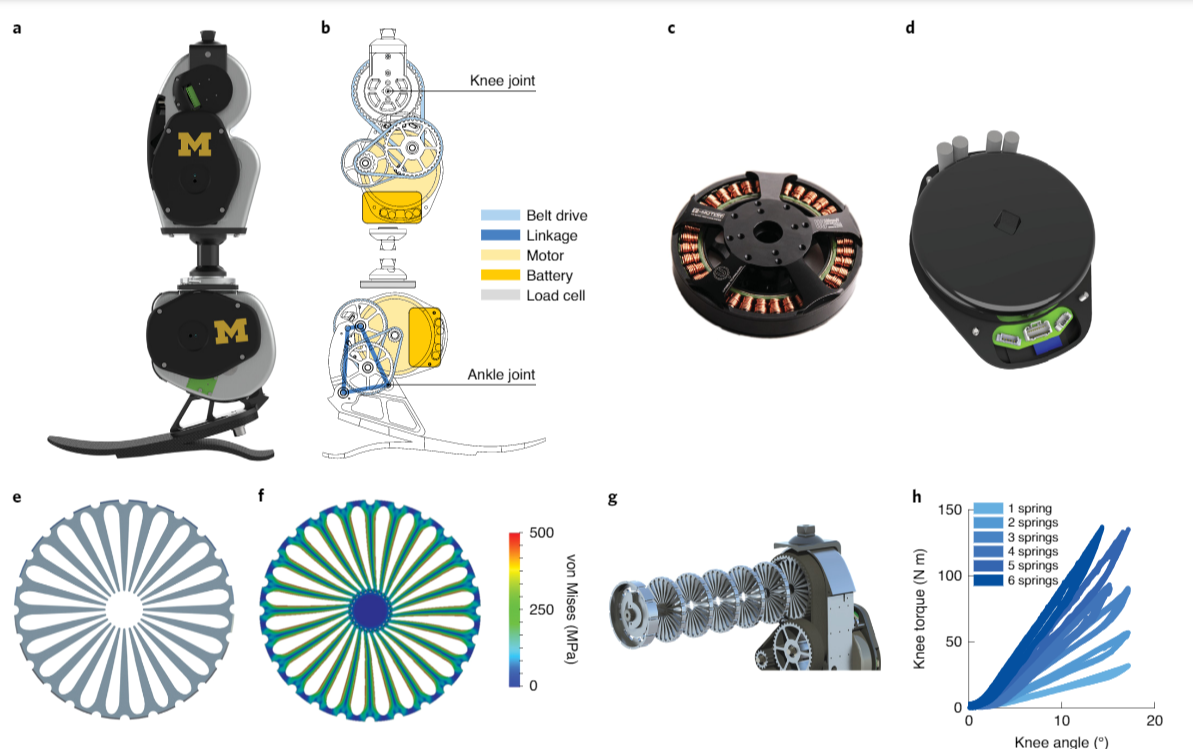Body
Regenstein Foundation Center for Bionic Medicine (CBM) researchers are co-authors of a new journal publication on the Open-Source Leg project, a collaboration with researchers at the University of Michigan.
The paper, published in Nature Biomedical Engineering, describes the design and clinical implementation of the Open-Source Leg, a robotic knee-ankle prosthesis system with an open-source and customizable hardwire design. The system allows researchers to use a single robotic leg system as a testbed, without investing in considerable time and money to build a system from scratch. In the paper, the authors outline the design process and characterize the electromechanical and thermal performance of the leg in benchtop testing. They also describe how the leg performed when three individuals with above-knee amputation used it on level ground, ramps and stairs.

Researchers hope that the open-source integrated-hardware solution and benchmark data helps facilitate clinical testing and fair comparisons of different control approaches for prostheses. More details on the project can be found at opensourceleg.com.
Authors of the paper include Levi Hargrove, PhD and Ann Simon, PhD of the Center for Bionic Medicine, Elliott Rouse, PhD of the Neurobionics Lab at the University of Michigan and doctoral candidate Alejandro Azocar, as well as Luke Mooney and Jean-François Duval of the robotics design firm Dephy, Inc.
Mentioned Page
Open Source Bionic Leg
ProjectMentioned Profile

Levi Hargrove, PhD
Scientific Chair, The Regenstein Foundation Center for Bionic Medicine Director, Neural Engineering for Prosthetics and Orthotics LabMentioned Profile

